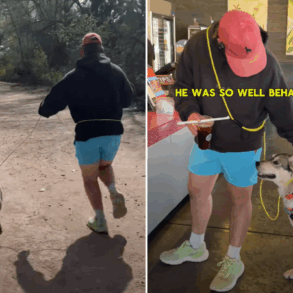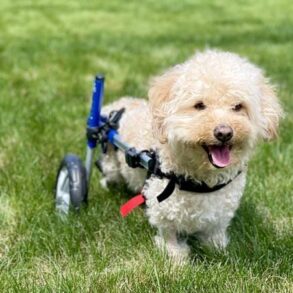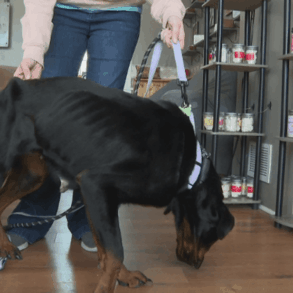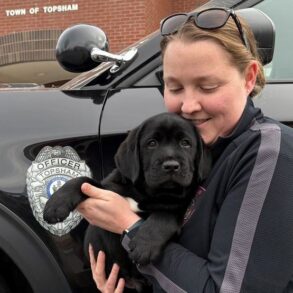New research from Cornell University suggests that dogs may hold the key to advancing treatments for one of the most stubborn sports injuries in humans—tears to the anterior cruciate ligament (ACL).
In a study published April 18 in the Journal of Orthopedic Research, scientists found that a protein called periostin, known to accumulate in human joints after ACL injuries, also builds up in dogs. The discovery strengthens the case for using dogs as models to study post-traumatic osteoarthritis (PTOA), a chronic and painful condition that often follows ACL damage.
“Our study provides support for using naturally occurring disease in dogs to learn more about human medicine,” said Sydney Womack, the study’s first author and a dual DVM and Ph.D. candidate at Cornell’s College of Veterinary Medicine. “They’re probably as close as we can get to mimicking human lifestyle, and I think they’re a huge untapped resource.”
ACL injuries are common, particularly among young athletes and women, and frequently lead to long-term joint problems. While surgery can repair the ligament, it doesn’t stop the onset of PTOA, and effective preventive treatments remain elusive.
Using joint fluid samples from canine patients at the Cornell University Hospital for Animals and human samples from the Hospital for Special Surgery in New York City, researchers found that 60% of the proteins were shared between species. Periostin was the most significantly upregulated protein in both, offering a rare cross-species match that could streamline the study of disease progression.
“It’s rare to repeat a result like that in the same species, let alone two,” said senior author Heidi Reesink, associate professor of clinical sciences at Cornell with a joint appointment at the University of California, Davis.
Dogs’ shorter lifespans and more accessible tissue samples could allow researchers to observe the full progression of PTOA within a decade—an advantage over studying the condition in humans, whose longer lifespans and limited access to healthy joint samples make long-term research more difficult.
“There are many potential targets and a lot of overlap between dogs and humans,” Reesink said. “This study is powerful because it suggests that dogs could be valuable for answering questions that are harder to study in people, all while we find better treatments for both species.”
Womack is now examining how altering periostin expression might influence disease development, calling the protein a possible biomarker or therapeutic target. Because periostin is also linked to heart disease and some cancers, insights from this research could extend far beyond orthopedics.
“There could be shared therapeutics developed that target these signal pathways and improve a whole host of conditions across species,” Reesink said.
This post was originally published on this site be sure to check out more of their content.










































